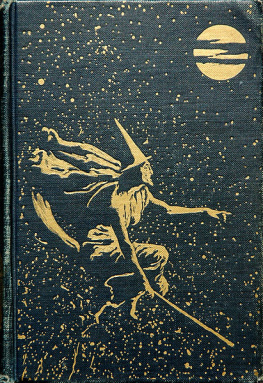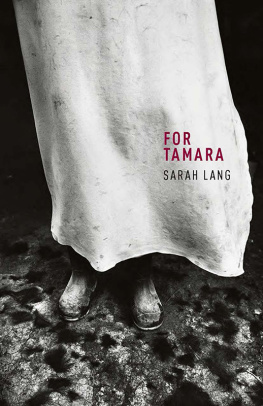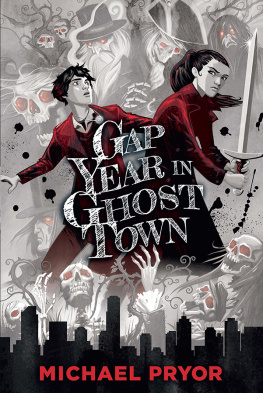O-BON IN CHIMUNESU
O-BON IN CHIMUNESU
A COMMUNITY REMEMBERED

CATHERINE LANG

O-BON IN CHIMUNESU
Copyright 1996 by Catherine Lang
All rights reserved. No part of this book may be reproduced in any part by any means without the written permission of the publisher, except by a reviewer, who may use brief excerpts in a review.
ARSENAL PULP PRESS
#102-211 East Georgia St.
Vancouver, BC
Canada V6A 1Z6
arsenalpulp.com
The publisher gratefully acknowledges the support of the Canada Council and the Cultural Services Branch, B.C. Ministry of Tourism, Small Business and Culture.
Photographs reprinted with permission by Bill Isoki, Tosh Kamino, Bruce Martin, and Mutt Otsu
Front cover photo used with permission from the Kawahara family
Back cover photo by Bruce Martin
Back cover translation by Deirdre and Yusuke Tanaka
Song lyrics from Chemainus Harbour, April 21, 1942 used with permission from Allen Desnoyers
Typeset by the Vancouver Desktop Publishing Centre
Printed and bound in Canada by Printcrafters
CANADIAN CATALOGUING IN PUBLICATION DATA:
Lang, Catherine, 1953
O-bon in Chimunesu
Includes index.
ISBN 1-55152-036-2
ISBN 978-1-55152-036-0
EISBN 978-1-55152-334-7
1. Japanese CanadiansBritish ColumbiaChemainusBiography.* 2. Chemainus (B.C.)Biography. 3. British ColumbiaHistory 1918-1945.* I. Title.
FC3849.C545Z7 1996 971.12030922 C96-910483-98 F1089.5.C47L36 1996
CONTENTS
FOREWORD
BY TOYO TAKATA
CHAPTER ONE
YOSHIKO KAWAHARA
CHAPTER TWO
TAKAYOSHI KAWAHARA
CHAPTER THREE
SHIZUKAAND HITOSHI OKADA
CHAPTER FOUR
MATSUE TANIWA
CHAPTER FIVE
SUNAO, KANAME AND CHIYO IZUMI
CHAPTER SIX
MATAHARU OTSU
CHAPTER SEVEN
TOSHIYE KAMINO
CHAPTER EIGHT
SUMIKO AND SHIGEYUKI YOSHIDA
CHAPTER NINE
SHUNICHI AND HANAYE ISOKI
EPILOGUE
THE REUNION
ACKNOWLEDGMENTS
I WOULD LIKE TO ACKNOWLEDGE the Japanese Canadian Redress Foundation and the department of Canadian Heritage (former department of Secretary of State for Multiculturalism) for their financial assistance with the writing of this book. In particular, I wish to thank Dick Nakamura for his vital sup-port of my application to the Redress Foundation. This book would not have been possible without it.
I am grateful also to Ann Sunahara. The meticulous research in her book The Politics of Racism provided me with important background material. I understand that the National Association of Japanese Canadians gained a great deal of the legal ammunition that they needed to win compensation because her research proved that racismnot national security issuesmotivated the government in its treatment of Japanese Canadian citizens.
I am indebted as well to a host of friends who have encour-aged me in countless ways. Among those I wish to thank are Frank and Betty Moritsugu, Kyoshi Shimizu, Midge Ayukawa, Reverend Harry Costerton, Ruth Loomis, Kim Goldberg, Rachel DeCaria, Norene Price, Nancy Sine, Roma Sedgman, Linda Bateman, Miki Hansen, and Daphne Armstrong. Last, but by no means least, I am grateful for the loving sup-port of my husband, Bruce Martin, and my parents, Art and Kay Lang.
To the memory of Jerome.
FOREWORD
BY TOYO TAKATA
WHEN JAPAN STRUCK PEARL HARBOR in December 1941, 3,400 men, women, and children of Japanese descent lived on Vancouver Island and the Gulf Islands. Nikkei settlements ranged from colonies that sprouted up around sawmills to lonely pockets of fishing families.
The earliest Japanese stepping ashore on Vancouver Island were visitors, not immigrants. In June 1880, a naval training vessel sailed into Esquimalt Harbour, the first Japanese ship to dock in Canada. Its three weeks in port were thoroughly covered by the Victoria Colonist. Settlers from Japan followed shortly.
As the provincial capital and a military base, Victoria was Canadas Pacific port of entry, and the logical choice for many early arrivals to begin their new life in a strange land. A substantial upper class, living in opulent residences and accustomed to an aristocratic lifestyle, required servants. The incoming young Japanese, eager to learn English and western customs, willingly became cooks, houseboys, and handymen.
The Victoria Japanese Methodist Church (later the Japanese United Church) opened in 1894 with a resident minister, a clear indication that its congregation was firmly established. It remained until 1942, serving as a place for meeting and worship, and as a Japanese language school. The record of the citys Ross Bay Cemetery reveals that twenty-three Japanese were buried there before the turn of the century, the first death occurring in 1886. The list includes two females, one likely an infant.
As in most Pacific Coast towns and cities, both Canadian and American, the inflow from Japan gave birth to a Japanese sector in Victoria. This eased language and cultural difficulties for their people. Within these enclaves, merchants and businessmen emerged who, generally better educated and more articulate and aggressive than the labouring types, became the leaders and spokesmen. But the real entrepreneurs ventured beyond their ethnic domain to engage in more rewarding enterprises in their quest for wealth and prestige.
One notable case was a future taikun or tycoon who began his career in Canada in 1888 at Victorias Japanese Bazaar owned by Charles Gabriel. This was a shop selling silk, bamboo, lacquerware, Oriental porcelain, and curios from the Far East. Earning the owners trust and confidence, Shinkichi Tamura was quickly promoted from clerk to buyer where he arranged purchases from Japan and learned about international trade and commerce. He left for Vancouver to pursue a very successful endeavour in the import-export field, establishing several firms, including a trust and savings company called Tamura Bank in nikkei circles. He was the key negotiator in the first major Canadian wheat sale to Japan. Tamuras achievements were instrumental in his election to the Upper House of Japans parliament.
Around 1892, Charles Gabriel undertook an unrelated venture. He recruited a team of coal miners from Kyushu in southern Japan to dig for coal on one of the Gulf Islands. It proved to be a disaster. Two white men were killed in an explosion that collapsed the digging, and the operation was abandoned.
When the Wellington Collieries of Nanaimo expanded its Cumberland pits around 1890, they imported more Kyushu miners with better results, at least for the managers. For the Japanese, it was far from ideal. They joined the Occidentals and the Chinese in extracting coal under intolerable and treacherous conditions. When union miners struck in Nanaimo, the Japanese were dispatched as strikebreakers. They suffered fatalities in two major underground explosions, as well as in lesser accidents: in 1901, nine were among sixty-four killed, and five more perished in 1922. In spite of these tragedies, exploitation by management and the hostility of the union, its coal pits made the Cumberland nikkei community the largest on Vancouver Island. With the arrival of wives and picture brides, and the births that followed, the population reached well over 500.
Unlike mining, no clear sign pinpointed where or when Japanese began farming on Vancouver Island. Most young Japanese arriving in Canada 100 years ago were sons of farming families all too aware of long dreary hours and meagre rewards in tilling the soil. The only experience that was worse, they claimed, was being conscripted into the Imperial army to suffer harsh military training. In order to escape the draft as well as the drudgery of farm life, they left Japan before reaching age twenty.
Next page













